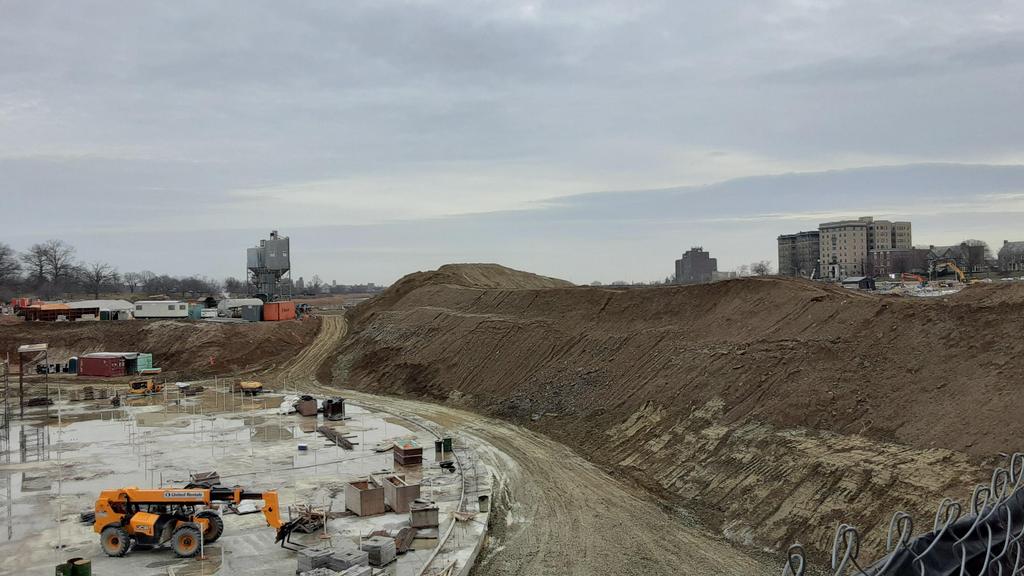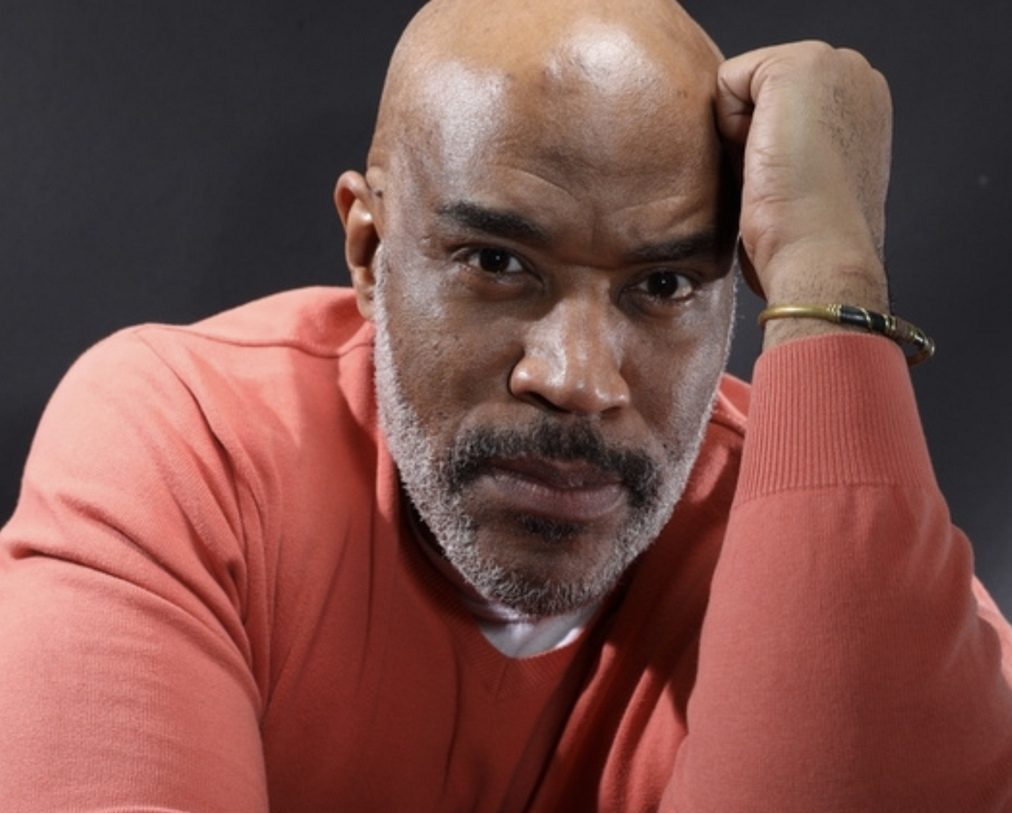[ad_1]
By Sean Yoes
AFRO Baltimore Editor
[email protected]
I spent part of a recent Saturday morning in Druid Hill Park, sipping coffee and staring in disbelief at the mangled remnant of what once was the ethereal Druid Lake Reservoir.
I remember as a kid growing up in the 1970’s I used to stare in amazement from the backseat of family vehicles at the fountain in the middle of the reservoir, lit in vibrant colors at night. It was a beautiful, magical place through my young eyes. Further, I was mesmerized by the stories my Grandmother and Father told me about how they, along with other Black families used to spend the night in the park during particularly hot summer stretches. Can you imagine living in a city so safe, a community so loving that you could spend the night in a public park with your family? That was the reality for Black Baltimore not so long ago.
The park itself has been a wonder in West Baltimore for generations. Its sprawling design was crafted by the same man responsible for Central Park in New York City. Inaugurated in 1860, Druid Hill (or Dru Hill if you prefer), ranks as one of the four oldest landscaped public parks in America, along with the aforementioned Central Park (1858), Golden Gate Park in San Francisco (1871) and Fairmount Park in Philadelphia (1812).

Yet, venerable Druid Hill Park in 2020 seems to be crumbling like much of the city’s infrastructure. And its natural beauty will be obscured forever by the monstrosity being erected in the middle of the reservoir allegedly to comply with EPA regulations established in 2006 for cities to create large open reservoirs. Silly me, I thought Druid Lake was a large open reservoir. But, I’m sure there is some complicated equation of engineering I don’t quite understand that will explain why the “renovations” are taking place at Druid Lake, as well as Lake Ashburton, for the record.
That same weekend I strode pensively through the park; 12 people got shot in our city, five of them died. We seem to be off to a violent start in 2020, picking up where 2019 left off.
I think and write often about homicide victims in our city; there were 348 last year and we documented the city’s murderous onslaught each week in the AFRO’s Baltimore section and we’ve done so for years. The vast majority of the murder victims were young Black men and the vast majority of their killers were other young Black men. This has been the pattern in cities like Baltimore with majority Black populations for decades.
I believe the majority of the people who chose the path of murder and mayhem would not do so if they had full-time employment that paid fair wages. I believe the majority of them would make different choices, to build instead of destroy.
I have a few suggestions.
We should hire 1,000 young Black men (I say Black men because they overwhelmingly are the perpetrators and victims of violence in our city) to help in the mammoth undertaking of repairing the city’s infrastructure, including Baltimore’s public parks.
They should be paid $20/hour. That would cost the city approximately $41.6M in salaries annually. The Baltimore City Police Department spent approximately $50M in overtime pay alone in 2019. You do the math.
The young men could be divided into groups of 100; each group could work in different sectors of the city with specific assignments. For example, one of the groups could work on the city’s public parks. If Druid Hill Park, which has historically been one of the Baltimore’s gems is disheveled, I’m sure the other public parks are in as bad or worse shape. So, there is a lot of work to be done.
Part of the deal for the hiring of the 1,000 would include the following:
Each young man would be provide 10 hours of community service a month. Each will be offered free mental health counseling. Each would be offered free mediation services. Each would be offered free tuition at Baltimore City Community College. All of the participants must be city residents.
Here’s our reality: We are already at 13 homicides in 15 days (as of Jan. 15) in our city. The culture of murder and mayhem will not be broken by a new “crime plan.” We can’t begin to envision a new reality for our city until we begin to repair a community that has been victimized by policies that have been hostile to their very existence, their humanity for more than 150 years.

We should start with the people who are most frequently victims and perpetrators of homicide.
Sean Yoes is the AFRO’s Baltimore editor and author of Baltimore After Freddie Gray: Real Stories From One of America’s Great Imperiled Cities.
[ad_2]
Source link

